|
Lola De Coster
Design Management & Cultures @loldecos Before starting my DPS year, I wrote a piece to reflect on an event byt Second Home Spitafield about the future of work. Conscious that AI is a lingering and worrying concern, I share with you some answers to very legitimate questions: Some context AI & the Future of Work was an event hosted by Second Home Spitalfield and organized by Studio Zao. The three guest speakers on AI & the future of work were Teresa Kotlicka from People Development Director at Sony Music which gave an enriching outsider point of view and helped non-AI experts get closer to the subject; Iain Wallace as Head of Innovation at ACE UK GOV that had a refreshing view on startups, today’s entrepreneurial culture and its new technological challenges and, Anton Fishman, HR and tech start-up advisor which thanks to his teaching experience, created an accessible space for debates and reflections. The event was introduced by the panel’s host, a collaborator from City.AI about artificial intelligence and its current statistics and its position in society. So what is the place and space of AI in a world with constantly growing and aging demographics? With challenges such as environmental collapse and an increasing technology dependent upcoming generations? Statistics have shown that by 2025, 52% of the world’s labor will be replaced by machines and algorithms. However, 72% of people believe that AI will be incapable of fully replacing humans. On this, Anton Fishman adds that the scale and panic around AI is widely misinterpreted. People tend to believe in the myth of machines taking over the world, leaving humans useless; they are too concerned about progress without really thinking about its deeper meaning. Fishman reassures us that in fact, machine learning is still at its early stages and that compared to humans, artificial intelligence has the only capability of a worm our of outmost a mouse. He insists that AI taking overcoming close to human capacity is as far away as us populating Mars. Yes, machines can replace human tasks but we must not forget that humans have jobs that can vary in complexity, emotional intelligence and the number of tasks required to complete it. But what if a job can be separated in chunks of multiple tasks, would it then be replaced by a bunch of different machines? For Theresa, this question seemed abstract: what kind of job would be completely replaced by machines? According to her, jobs also include empathy, collaborations between people, and are part of networks of systems and people; a machine would never be able to replace this completely. Fishman finds that this depends on the level of the task. In accounting and law, for example, tasks like finding the right document and that took ages are now being found by AI which is saving a tremendous amount of time but also at the loss of jobs mostly of people in junior levels that were given the task in the first place. Other jobs on the contrary such as those in healthcare can still rely on AI for help but have still a high bonding, relation-and empathy oriented core, which can hardly be replaced by machine learning. On another note, Theresa adds that a healthier vision on the topic is to focus on what empowers humans rather than what technology is replacing. In her opinion, one of our advantages is the fact that we can give meaning to the world around us whereas AI can hardly make sense of the multitude of tasks it is preoccupied with. If robots are going to replace unfulfilling tasks this should be seen as something that would give us more time to focus on other pressing issues that require human capacity; AI is not replacing us but enriching humanity. So what do jobs with a meaning look like? Kotlicka’s answer was not that straightforward but it comes down to jobs where human interaction and connections are at their highest. This is supported by Iain Wallace, which points out that in the list of the 10 jobs for the future were those of storyteller, chief network/communication officer, and teaching. What about those who will be replaced by machines in 5 years? Is there enough time for them to learn new skills and adapt to their changing lives? Are we actually challenging ourselves enough while facing AI? As an entrepreneur and head of innovation himself, Wallace gives us examples of corporations that actively organizes programs to coach, train and raise awareness on the issue aimed at employees that would be most affected by the (r)evolution. On a bigger scale, Finland has created a free program available for its citizens to use in order to learn about machine learning. On our ability to take on the challenge against AI he finds the answer in his own definition of philosophy of entrepreneurship: entrepreneurship is about constantly challenging the status quo and retaliation against society. AI is just the next challenge or the new commodity to tackle. To conclude, this panel insists that there is no need to be worried about AI, but rather to look at it as an opportunity to move forward and reinvent ourselves. After all, the best examples of what AI might do to our jobs are found in the design field. With new programs and tools, design has gone through a huge technological evolution years ago. It came with its challenges and losses, and definitely, not everyone managed to keep up with the change, but willing or not there is a credit to be given as without this evolution design would not have been as innovative and relevant as today. AI gave design the opportunity to go beyond arts and crafts and to explore design thinking, creative problem solving and branding as a strategy. If in Fishman’s opinion designers are the ones that are the less worried about robots and algorithms taking over, is because they ended up embracing it and they realized that the only thing that changed are the tools they used.
0 Comments
Hi, this is Dylan Johnstone from the Design for Art Direction course. I think in terms of our responsibility to have a ‘decolonised practice’ within the industry, being an art director and artist is different from a designer in the sense that we’re not necessarily designing practical things or objects for the world to use. To me it is often more about questioning what you’re trying to say with your work / ideas and being able to deconstruct and think critically about what your creating. The task of decolonising is one that, to a certain degree, I feel should be placed on the individual. The more socially and historically informed you are about the world the better you’ll be at conveying authentic narratives and representations, as well as making the right decisions within an industry, allowing it to function more equally for the people in it and for the world it affects. Sometimes, you see examples of companies or organisations setting rules and structures in place that have an intention to decolonise but often when put into practise feel like a fake alternative to doing deeper reflective work that’s required. We’re living in a time when, because of globalisation and the internet, we are seeing examples of cultures being the most easily accessible they have ever been and, because that, easily appropriated. The other day I watched the 2013 Iggy Azalea music video for the song ‘Bounce’, which was filmed in India and features a obvious appropriation of Indian culture. The reason why I find this video relevant as an example is, although having been called out as being offensive / racist, it’s clear that Iggy Azalea and the directors never had the intention to be problematic. The direction of the video came from a place of ignorance and not knowing how, when and by who culture should used in media and art. In a situation like this art direction should be overseen by someone conscious and fully researched in the reference points and surrounding context of the work, something I am trying to improve on and be more aware of as I move forward in my own practise. One thing that I remember we spoke about in one of the DPS decolonising sessions was how as someone working in the industry who’s white/male/straight etc. sometimes it’s good to consider the kind of jobs you except and turn down. Obviously I’m not yet at the level where I’m getting approached for jobs or working in the industry in that sense, but I think it is an important factor in. If you get a brief for a job that involves or is based around some kind of community or identity that you’re not a part of, maybe that’s a moment when you’ve got to question if you’re the best person for this work and consciously decide what jobs to take on and turn down as a white person. I also have recently started reading ‘Black Reconstruction in America 1860 -1880’ by W.E.B. Du Bois. It can be quite a hard read but is an extremely interesting and detailed commentary on slavery and the black experience in the US, so would highly recommend to anyone looking to get a more nuanced understanding of race. I just started an unpaid internship at How To Spend It Magazine which is part of the Financial Times, I’ve been doing that for the last 2 weeks and I’m doing 3 days a week. It’s not the kind of place I’d usually apply for or love to be at but I decided to do it as my mum has some contacts there and I’d sent out so many emails earlier in the year that just went completely unanswered so it’s kind of like a last resort for work experience, incase I couldn’t find anywhere towards the end of DPS. I’m doing it for 2 months until mid June and so far, if anything, I think I’ve learnt that I don’t wanna work at a magazine. It’s definitely made me think more about where I’d ideally like to be in my career once I’m out of uni. In some ways it’s lead me to thinking I’d prefer to work freelance, although if I could be at a company who’s creative direction I was really passionate about, that would definitely be something I’m interested in. When I interned for Liam Hodges in 2019 I found that more relevant to my skillset so maybe being the communications intern for a fashion designer is more suited to what I wanna do. I also need to reflect more on how my discipline and my approach fits within a professional context. Some of my strongest recent works, that I’ve enjoyed creating the most have been video based, and I think the way they can interact with and incorporate my music plays an important part in my practice, this is definitely where I can see my future work developing, including the ‘DOGZ’ play that I submitted a proposal for, to the ICA at the end of March.
When I think about the way social and political factors are impacting my experience of working right now, the first thing that comes to mind, being the most obvious situation that’s affected the world for the last year, is Covid. Although we’ve now started to come out of lockdown in the UK and things are definitely becoming a lot better, the seeming lack of opportunities in the creative industry has left a decreased feeling of hope in the air to put it bluntly. Now we are on the back end of the pandemic I definitely still feel optimistic and ready to work my hardest / make the most out of my final year. From now on I am going to consciously decide and make strategic moves in terms of where I want to intern / work and what projects I put my focus into. My goal is to generally be more wise with my time. Hello everyone! My name is Nicole, I am an illustrator and animator enrolled on Illustration and Visual Media. In this blog post, I am going to guide you through my journey around sustainability and how it has impacted my practice so far. During November of last year, I had the opportunity to participate in a Live project brief called ‘Not Just a Shop’. This project was about designing a new product or a product range for retail sale within UAL’s shop located in Holborn and their online store. I was really excited to take part in this brief because it gave me an opportunity to design and produce products for a business. For me this was like a trial, an opportunity to experiment with materials, designs and a range of different types of products. A part of me wanted to see if I had a chance at selling my work to customers or to see if the type of products I was selling, is something someone would buy. This was important to me because I would like to open my own business one day, selling a range of products from stationary to art prints to cuddly soft toys of my characters. Originally at the beginning of the project, I wanted to sell art prints of my Inktober 2020 illustration series. But then I was opened to the world of business. I found that my Inktober illustrations were not fit for purpose. This was because all my illustrations were of different dimensions, the tiger character in each illustration had a different design and for this to work each piece had to be consistent throughout. I found this to be quite frustrating, but I was open to the new possibility of creating something new. A few of my Inktober 2020 Illustrations I found out the reason why they had to be consistent is because not only it would look visually pleasing having all illustrations from a collection the same size, it would also help customers to identify the character if that character has been designed the same way each time. For example, you would always recognise iconic characters like Mario, Hello Kitty, Pikachu etc. because they are repeatedly drawn the same way each time making them stand out and known to everyone. Where my character looked different every time I sat down to draw him. I honestly think this was because the shape of his head kept changing as I kept experimenting with different styles and materials. Another problem that I faced was how to make my products and packaging environmentally friendly and sustainable as possible. To be honest this was a challenge. It was something I’ve never thought about or done before and I felt that I knew so little about the subject, that made it difficult to apply the knowledge to my practice. I started my research into other illustrators that I admire who have their own business selling products within the line of work I would like to go into myself. The first illustrator I looked at was Catherine Kay, she created Katnipp Illustrations in 2015 and sells her product line through Etsy. Being a fan of Katnipp, I’ve bought a number of Catherine’s products and I’ve noticed they come in a bio-based film plastic bags which is compostable, biodegradable and recyclable. You do have the option when ordering to leave out this packaging especially if you’re cutting down on using plastics. Katnipp Illustrations Products The other illustrator that I researched goes by her illustration name EllievsBear. Ellie sells a range of products from art prints to stickers to pins of her lovable characters on her own online store on her website. I wasn’t able to find out if she uses sustainable materials as I was more interested in the type of paper, she was using to print her artwork onto. She uses archival paper with a matte finish. The archival quality of the paper and inks prevents the colours from fading over time. Which I believe is definitely worth the price you’re paying for your prints. This was knowledge that I needed to know as I was planning to make my prints and vinyl stickers in house, although I believe Ellie outsources her pins and stickers. EllievsBear Products At the time, I was only looking at how to make my packaging sustainable. This was until I changed my ideas which then lead me to thinking of making the products sustainable too. My new idea was to create a series of 3 A4 art prints that comes with a pack of vinyl stickers, which focuses on the tiger character and the themes of Japan & Food. During a tutorial, I was given the idea of looking into sustainable bamboo paper to print these art works onto. I thought this was an excellent idea as the bamboo paper goes well if the themes and I felt like this would be an ideal gift to have at home or in someone’s office. At first, I found it difficult to find sources that sold individual sheets of bamboo paper that allows inkjet printing. I was mostly coming across sites that allows you to place orders of prints to be printed within their studios and mixed media bamboo paper that was used for watercolour painting, acrylic etc. I was able to find a pack of 25 A4 Bamboo paper on Hahnemühle’s official website. Unfortunately, I didn’t realise how expensive sustainable paper can be. Currently I am thinking of outsourcing my art prints using ‘dStudio’ as I can order a sample pack, which contains printed examples of all 14 papers that they print on. I also think this might be a cheaper option for me in the long run as I don’t need to test print my artworks which could save me money on costs and materials. Ideally, I would like to make my own vinyl dire-cut stickers from home using waterproof vinyl sticker paper. But with all the tests I’ve done so far, they are not at a good quality standard to be sold to customers. It’s possible that I might have to op to outsourcing the stickers too. dStudio – Hahnemühle Bamboo Paper At the moment I am in the process of transferring my practice over to sustainable methods. About a month ago, I purchased a new dotted grid A5 journal from Yop&Tom. This journal was exactly what I needed to get creative with my day-to-day planner! This journal comes with pure white acid-free sustainable paper, the paper is extra thick 160GSM uncoated which provides no ghosting or bleeding. It has a lay flat binding which allows you to design across 2 pages and the cover is vegan leather that is soft to the touch and stain resistant. Yop&Tom Journal – My Planner Designs Planning my day-to-day is very important to me as it helps to keep me organised and keep track of what I’ve accomplished. But there’s nothing nicer to see your own designs in a journal to help brighten up your day! My next step is to see if I can switch my sketchbooks over to a more sustainable method.
Author: Nicole Briley Course: Illustration and Visual Media Instagram: https://www.instagram.com/tinyinuko/ Blog: https://nicolebrileyillustrationandvisualmedia.photo.blog References: https://www.katnipp.com https://www.etsy.com/uk/shop/katnippillustrations?ref=simple-shop-header-name&listing_id=979679833 https://www.ellievsbear.com https://www.ellievsbear.com/store/treehouse-limited-edition https://dstudiouk.com/eco-fine-art.html https://dstudiouk.com/papers-hahnemuhle-bamboo.html https://www.hahnemuehle.com/en/digital-fineart/fineart-media/natural-line/p/Product/show/202/1036.html https://hahnemuehle.co.uk/bamboo-a4-x-25-sheets.html https://www.yopandtom.com Michal Maciaszczyk (GMD) https://mehow.myportfolio.com/blog Over the course of the last year, we all had way too much time with our own thoughts and surely many of us spent it on "living on the internet". Like everything else, it has its pros and cons. The internet helped us to stay in touch and allowed me to continue my work remotely. But as a graphic and media design student, I realized an alarming increase of my screen time during the Covid-19 pandemic. I was interested in how it influences my everyday well-being and mental health in general. Unfortunately, with more online news I followed, the more anxious I felt. Consecutive spikes in sickness, huge numbers I didn't really understand, government assurances that were changed every now and then. Overall, I very often felt this strange feeling of stress, anxiety and lack of control over what I couldn't really change. Black Lives Matter movement assigned to Nike's products. The equality movement is not a fast-fashion slogan. The peak of this complete online confusion came at the time when everyone was posting black squares on social media to show their solidarity with the Black Live Matter movement. All my woke friends became experts in the topic. One day I saw a Nike advertisement - 'For Once, Don't Do It' and on the same day, my friend posted that all white people are racists. It made me feel confused and concern at the same time. Based on gained knowledge, Nike’s campaign is nothing more than a good real-time marketing move and most of my friends opinions are nothing more than modern populism. Even if I support the idea of this movement, the pace at which the movement was capitalized simply shocked me. That was the moment when I realized that it's so hard for me to find focus and also I figured out that my online presence affects my mental health. As the result, I decided to significantly reduce my media consumption. The rainbow Apple logo during Pride Month, real support for the LGBT community or marketing tricks? Politicians, designers as well as marketers, they are all specialist in what emotions to arouse to achieve their goals. Is it possible that they do not have scruples to count on someone else's harm? Sadly, I doubt they care very much. That's why a somber Instagram post is meaningless when it comes from a multi-billion dollar company. Knowing something about branding and marketing, I know very well that such campaigns are not put into action unless they are to be profitable. This is the truth about capitalist reality we all live in - profit over everything. Big brands are speaking up on social equality, but are they taking action behind the scenes? Does Nike’s campaign change the world for the better? It is certainly meant to look like this. I don't think I am the right person to judge, but what I see (as a designer) is definitely using someone's pain to gain profit. Nike is not the only one, almost every big company change their colour for the pride month but what does it really mean? I remember Tinder's #singlenotsorry campaign. This corporation used the person of Chider Eggerue (@theslumflower - a feminist and author of valuable books) to promote their dating app by benefiting from feminist woman’s image. It supposed to be a celebration of single culture and the important role being single plays in people's lives but here is my question... how does choosing women based on their picture based profile relate to the philosophy of feminism? In marketing, a big brand always stands for great cause, but in many cases it's just a cover-up for their worse parts. I am sure that anyone who uses Tinder before can also relate to the same feeling, it is an extremely toxic environment. It may be true that Tinder want to convey something positive but it's definitely true that, like social media, Tinder causes body confidence problems because you are continually aware of your online competition. To explain my confusion, I must say that I do not deny actions of activists but just question the pure intentions from corporations... Using the same narrative in a new context. 'Western civilization saves the whole world' - humanitarian catholic aid in Africa (old) or the enlightenment of ethnic minorities by conviction to western, progressive values. (new) Hence my thesis in the context of - profiting off the pain. I do not judge activists for their decisions - everybody needs money to maintain, but what’s the solution in my case? Where do I see myself as a designer? What do I stand for? The creative industry seems just ruthless and manipulative. If I once knew my views were progressive, now I don't believe in any of these political illusions. At a young age I moved out of Poland where the Catholic Church has influence on the government's decision. After a few years of living in London, I can see that the opposite is not so different. I recognize the same sociotechnical methods where people blindly believe in certain 'saint' and undateable values without any chance to question it - as is the case with any religion. In London there is completely opposite but somehow similar way of mass indoctrination. In this case, there is a constructed narrative which draws from something as positive as social activism. (In Poland, the equivalent of this could be catholic social service organizations such as Caritas.) Such activism was the main reason why I joined UAL, because I still believe that we (designers) could change something for better through our actions, but I don't accept to believe that our efforts are just a corporate product for sale. Corporations are increasingly involved in contentious social debates – such as race discrimination – that are not the business of business. Companies will always be dependent on the market needs, therefore social justice initiatives shouldn't be capitalized by venal sponsors. Unfortunately, I see it everywhere... ignorant celebrities promote body positivity, fast fashion brands pretend to be sustainable, liberal politicians use LGBT community for their political propaganda and many many more. No doubt, activism became a profitable trend. It all became very popular in the time of social media rise and the rich wanting to profit on it. In my opinion it is earning money based on someone else's harm or discrimination. What does it have to do with change for the better? The family model according to Volvo in Poland and in the rest of Europe. Brand values should not depend on the audience. This is one of the most interesting examples showing the scale of the problem. Marketing specialists decided that the same content must be conveyed in a different way depending on their target audience. In the same post, Volvo Cars in Poland changed its original post with gay couple into a 'traditional family' which in Poland represents popular ‘traditional values’. Something that is ultimately obvious to me as a marketer seems to be a scam to me as a human being. Here is the problem that affects me as a designer. Big brands such as Apple portray themselves as great supporters of the rights of sexual minorities but see no conflict when selling their products in Saudi Arabia where the penalty for homosexuality is being beheaded. Again, I am not here to judge or reveal the truth, I am simply trying to find right approach to my specialization. Isn't it that activists are trying to fix something and when we succeed, it is sold as a ready-to-wear product? I'm not a fanatic and I am not looking for any conspiracy theories but clearly something is wrong here. I just don't know what to make of it all. It deeply hurts me when I see it in the world of art, there is a certain set of topics considered right to present, does it not kill the freedom flowing from art? Can I be correct and wrong at the same time? Is it not obvious that positive discrimination is still discrimination? If politicians would be disastrous artists, why are artists so keen on politics today? Is political art the only art that matters now? How interesting it is! How much I like to delve so deeply into such complex topics!
How should I approach my profession when a large company offers me a lucrative contract? I know that some brands are trying to change something for the better, but how do I know what to choose. During my year in industry, I faced my first moral design choices. On the other hand, I don't want to get paranoid, nowadays everything is political and maybe it can't be changed. Either you have to be on the right or on the left side... It's a pity choice because the world of art and design has always been an escape from what this machiavellian mindset represents. My name is Belkiz Akman and I’m doing the Illustration and Visual Media course at LCC. I enjoy all aspects of art and design, which is why my illustration and visual media course is perfect for me, as it is a very open course and allows me to focus on anything that I am interested in. Nothing is off-limits in terms of materials I use or what I would like to make.
It’s been a unique year caused by a global pandemic so I have had to do all of my work from home and not at university. Studio access, workshop facilities and face to face meetings with tutors and other students have been moved online. I have had to adapt to this new way of working which I was very worried about at the start but then found it has been more productive. I have had to learn how to work independently on real life projects, adapt my studio practice to a new environment which has been from a home studio, and change the ways that I work. I’ve been working on a number of projects which I have never had any experience with. I’ve learnt how to work with wood and lighting for the first time, and the technique of cut-out card designs which I produced for a greetings card competition. The pandemic has affected everybody in terms of making situations stressful and has created questions around how to carry on making work under these new circumstances, for example I now work in my home studio. The design industry is sustainable through technology whilst lots of other businesses rely on physical spaces to maintain business. If it wasn’t for technology it would be much harder to continue. There are also good things to come out of this difficult year, such as I am saving time and energy that I usually use to travel into university each day, I have put this into my wellbeing and my practice. My confidence has grown through independently teaching myself techniques and researching information through online tutorials. It is more enjoyable for me to work within my own environment. My workspace is equipped with a large art desk, printer and everything that is necessary for me to create my work from home. However there are downsides to working like this such as not being able to meet physically with my tutors, students and clients and show them my work face to face. My work can only be shown through a screen at the moment which isn’t necessarily how it should be experienced. It is frustrating that I am spending money on a course and I cannot access the high-standard facilities, my learning has been compromised because the whole experience of university has been altered. Sometimes technology has its faults such as when it cuts out during conversations with tutors and clients, and it can be isolating to work so independently. I wonder how healthy it is for me to be so cooped up indoors and to be secluded from others. I have had to take out time from my practice due to my viral vaccination causing a bad reaction to my health, meaning I have had to catch up on my projects and workload. The news of this virus has impacted on my concentration levels and affected my ability to do my work due to the stress and constant news of this situation. My practice has become professional by designing work for actual clients in the real world, rather than just for my degree. My designs will potentially be sold in a real life shop, and I have had to consider the environments where my work will go and the real audiences that I am designing for. I have learned how to price my products depending on how much they cost to construct, learnt how to be economic and consider how much things should sell for in the real world and how much my audiences are willing to spend. My practice has changed through technology by replacing physical equipment such as paints, scissors and paper with digital software. I have learned new ways of working by gaining confidence with using my graphics tablet and have learnt different ways to colour my designs digitally rather than physically. It is easier to mass-produce my designs through learning software programmes such as Photoshop and Illustrator, and this has made it easier to transfer my designs into new forms. It is good that my practice can be digital and physical because it means my work is adaptable to different professional working environments. In the Communities of Practice sessions on technology, we have gathered in a group and discussed how technology is impacting the design industry. It has been good to debate this as a group, and has made me aware of how technology impacts my practice and the design world. Design companies are also adapting their ways of working by not going into the workplace anymore. We are all relying on technology to continue our practices and businesses, and I wonder what would happen to design if we didn’t have technology during a global pandemic, everything would come to a standstill without it. We can only exchange artworks through digital means of communication, so I had to show photographs of my 3D light fixture from different angles in a PDF for my tutor to see the full design. One way that the art and design industry has overcome problems with the pandemic is through allowing visitors to visit galleries and shops virtually. If needed I could use these methods to show my work in a virtual environment in order to be seen in a 3D way without it being real. By viewing artwork in this way, we are missing the atmosphere of being in a public place with other people around and missing out on the physical exchange and interactions we have with tutors, and with the artwork too. At times technology has its faults, such as the quality of images and connection faults whilst speaking to tutors and clients. This can be very frustrating, distracting, and it can cause misunderstanding. It can be worrying because we are so reliant on this technology and we can end up missing large parts of important conversations because of this. With people working remotely, certain businesses have benefitted and made a lot of money such as companies like Teams and BBcollaborate. This has allowed tech-savvy and young designers to continue their practices through using these softwares, but has made it difficult for older generations and designers who aren’t as familiar. They have been forced to become informed with using these softwares in order to stay connected and less secluded. When needing help with how to use technology, people are less reliant on other people and may have used online tutorials on how to do things for themselves. Technology can be very expensive, and not everybody has the equipment that they need to be able to work remotely. Certain countries can’t afford and don’t have access to technology which can make it difficult to run their businesses and livelihoods in an increasingly technologically-driven world. Economies have to prioritize the community’s health and basic needs before technology is even considered. Families and individuals living in poverty in these countries can also find it hard to access the same opportunities that those who do have access to technology can gain. The government has tried to supply individuals and families in this country that have limited access to technology, the equipment they need to expand, and to stay connected to their education and the world. This year has opened up my understanding of product design. Special facilities are in the University and cannot be used. I was looking forward to learning how to do screen printing, I did a few lessons and started a project then half way through we had to stop because of the pandemic. I’m now not going to be able to use screen printing, it’s made it more difficult to enjoy making work because there are so many rules and regulations that come before the creative process. There was one facility that I was still able to access, which was the woodwork department. I’m really glad that I finally made it into the wood workshop as I had wanted to experiment in wood for a long time. It was very different being in the university at the time of the pandemic as the crowds that usually were in the building were not there, it felt eerie and weird. I had to complete health and safety inductions that were related to the pandemic, including wearing a mask whilst in the workshops which was very uncomfortable and limited what I could see in the workshop, and following socially distancing rules. I had to follow procedures such as placing tools I had used into disinfectant boxes, and everything about the experience impacted on the possibilities of my practice and my designs. It was difficult to forget that we were in a pandemic and it took a lot of the fun and enjoyment out of the creative process. While preparing to make my light fixture, I made sure that my product wouldn’t cost too much to produce because that would affect how much I would sell it for, and how much customers would want to spend on it. I found it very challenging to find materials and a way of doing laser cutting in an affordable way, I searched on the internet and physically visited companies to find out whether affordable laser cutting would be in my budget. It was very difficult to find places to do this as during the pandemic many places have been closed and it made it inaccessible for me. Everyone I found charged too much money for the materials and laser cutting process. I felt disheartened, and questioned whether it would even be possible to create my idea. I had been very excited to produce my design and wanted to see the outcome of my new idea and the development of my practice. Eventually the University technicians found a solution to making my light fixture at a more affordable price, and they helped me with ideas on how to construct my design in the most practical way. This made me learn a new way of constructing products from wood, and I learnt how to use lighting within my products too. I was delighted with the results and it turned out better than I expected. The LED lighting allowed me to create different light colours, creating new atmospheres and my design translated very well into the product. I enjoyed the process of translating a real life drawing of a flower into a 3D design, and how this really worked well for me. It is something that I aim to explore more within my work, it has opened my eyes to the possibilities of drawing and of what I can create. I learnt that persistence can pay off, that I should keep going when things go wrong as it is all part of the creative process. It has also made me realise that I would like to go into product design in the future, and has allowed me to start developing a collection of products to go along with my light fixture. I’m growing in confidence with talking to tutors, discussing my work and demonstrating my independence. My communication skills have improved and I can discuss my work with clients much more confidently than previously. This experience has inspired me with confidence to approach shops with my designs to sell, and it may have opened up a new career path and taught me to believe in myself more. Even though this is a difficult time for everybody, what I have learned throughout this year I will bring through with me into my professional life. Laia. Pons Fernandez |
Archives
December 2021
Categories |
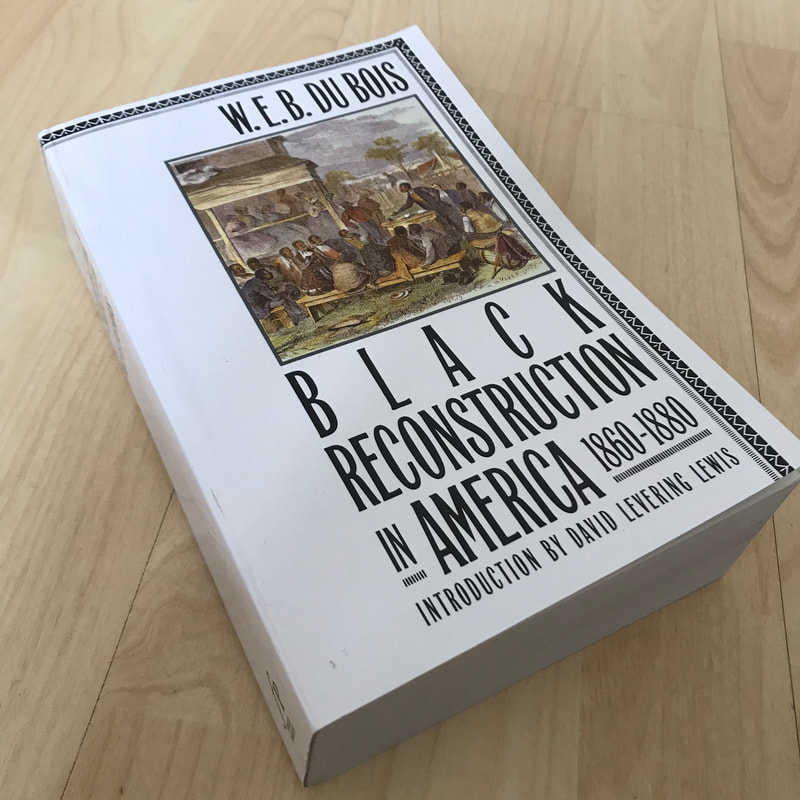
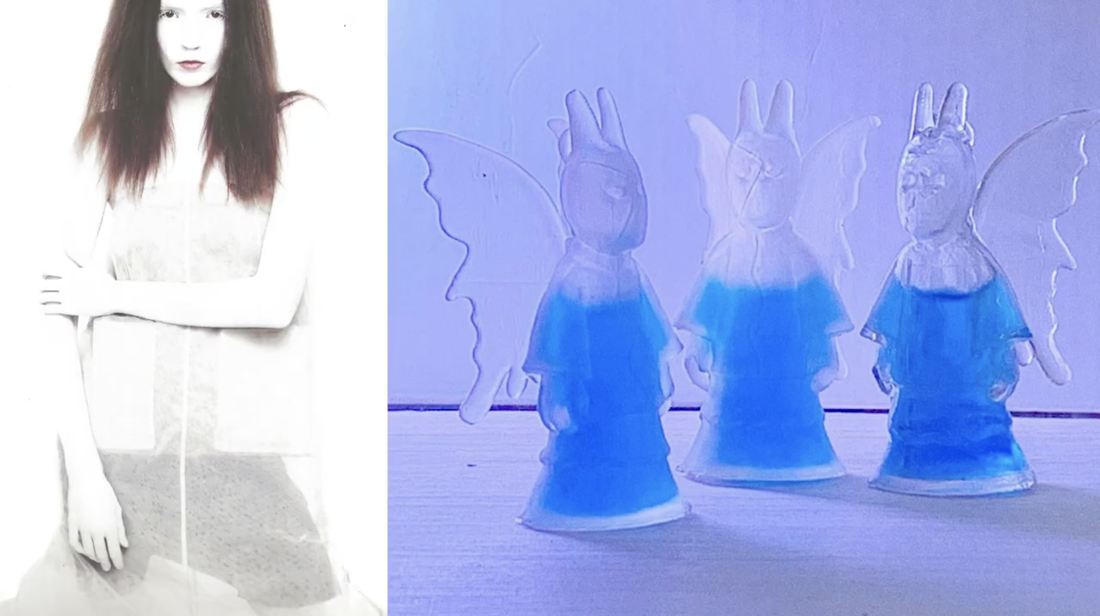
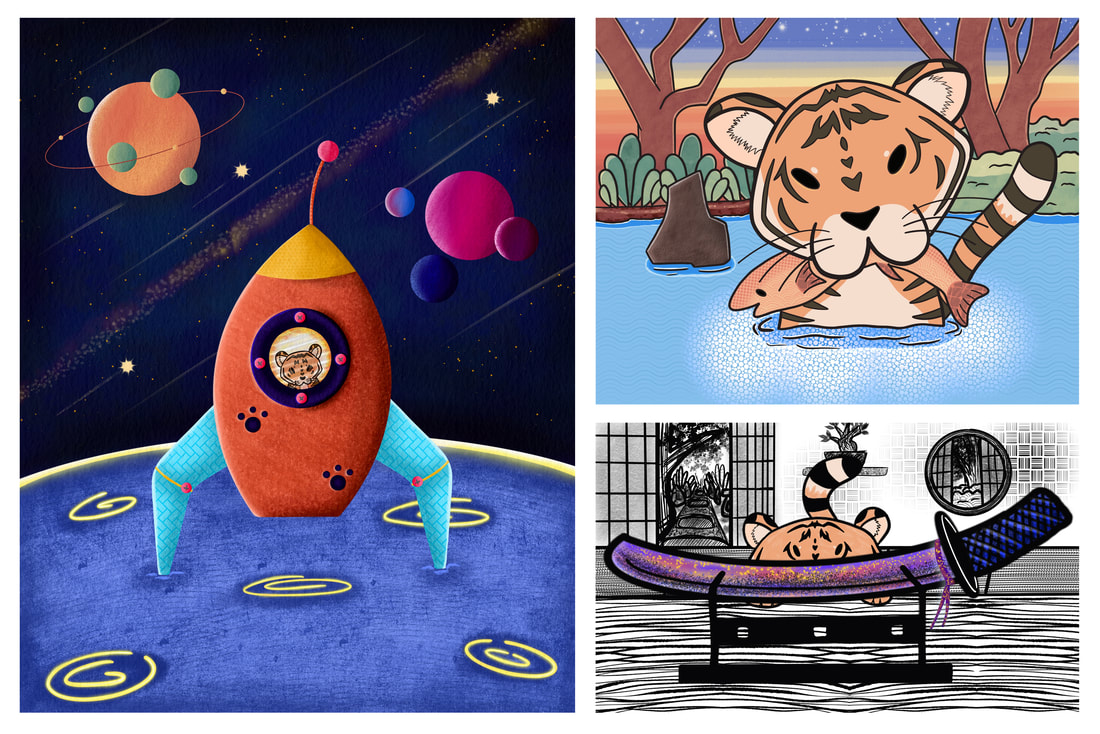

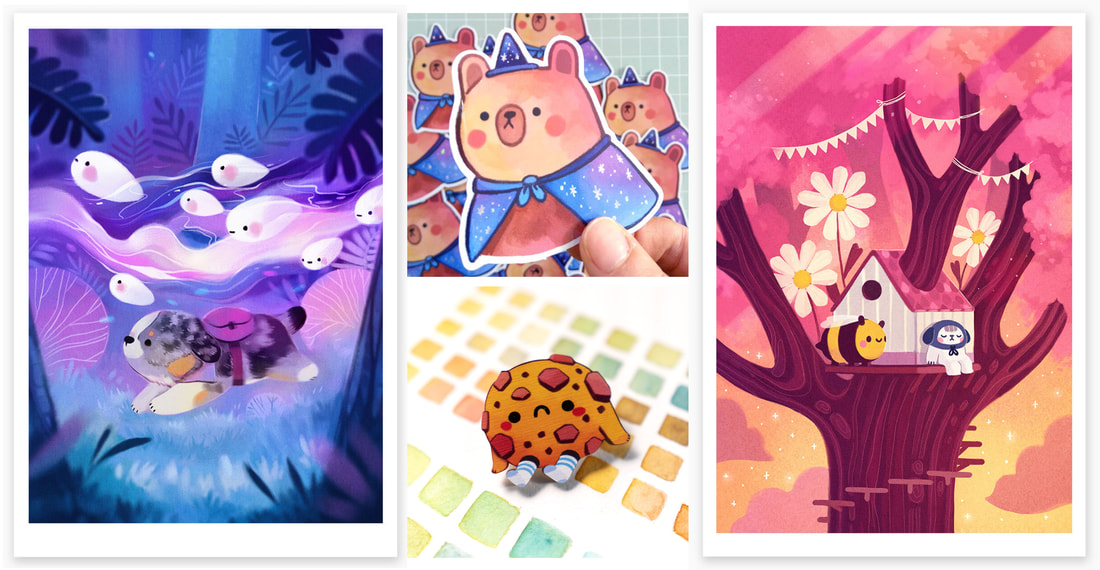
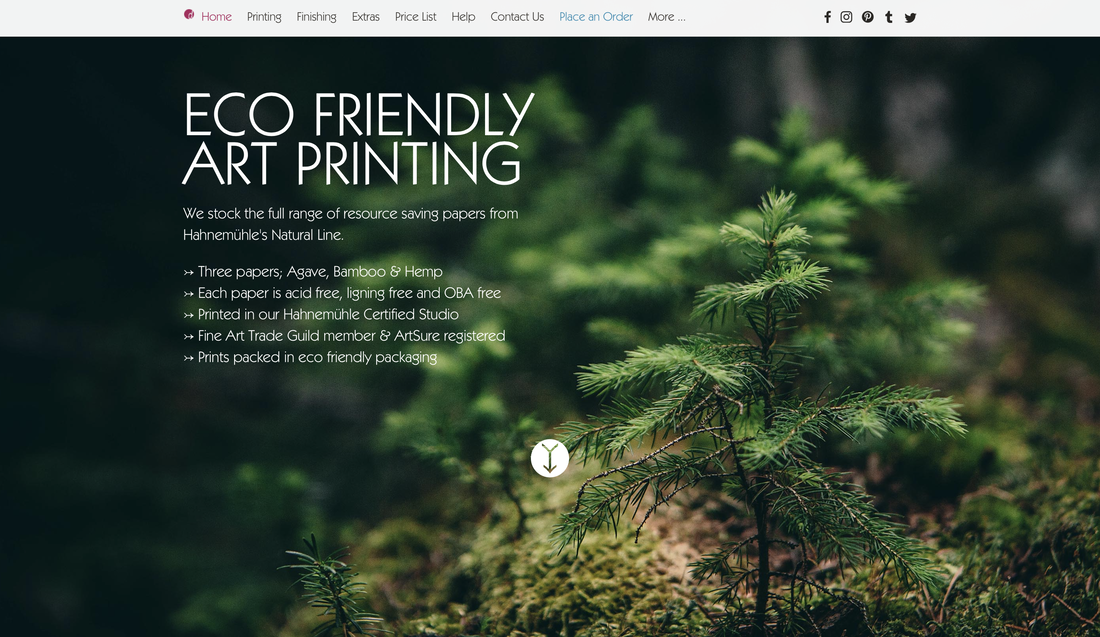
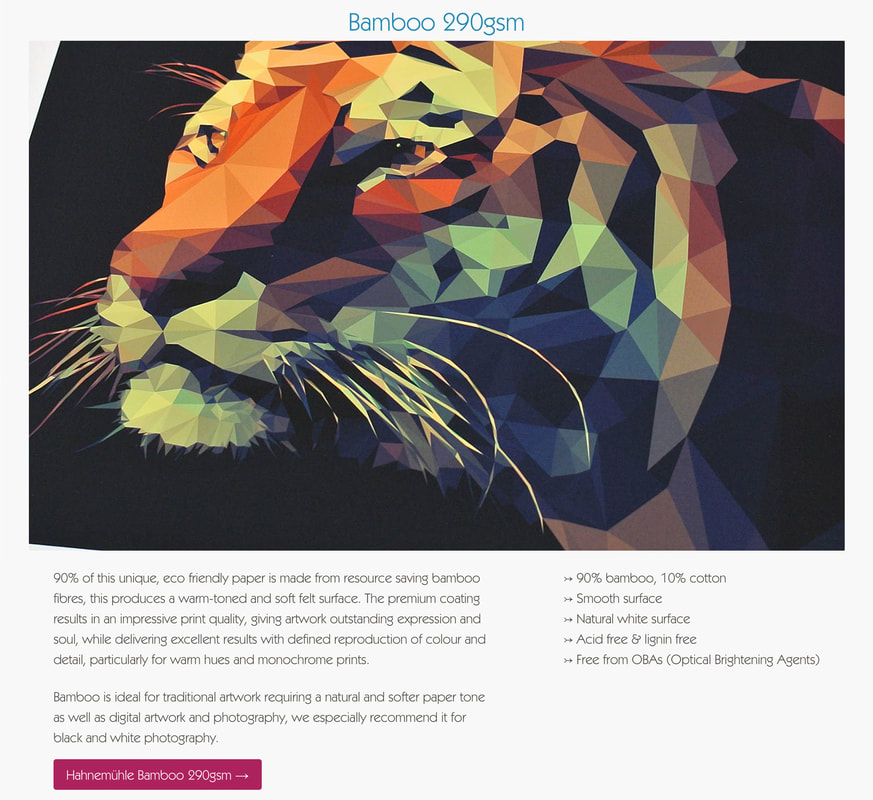
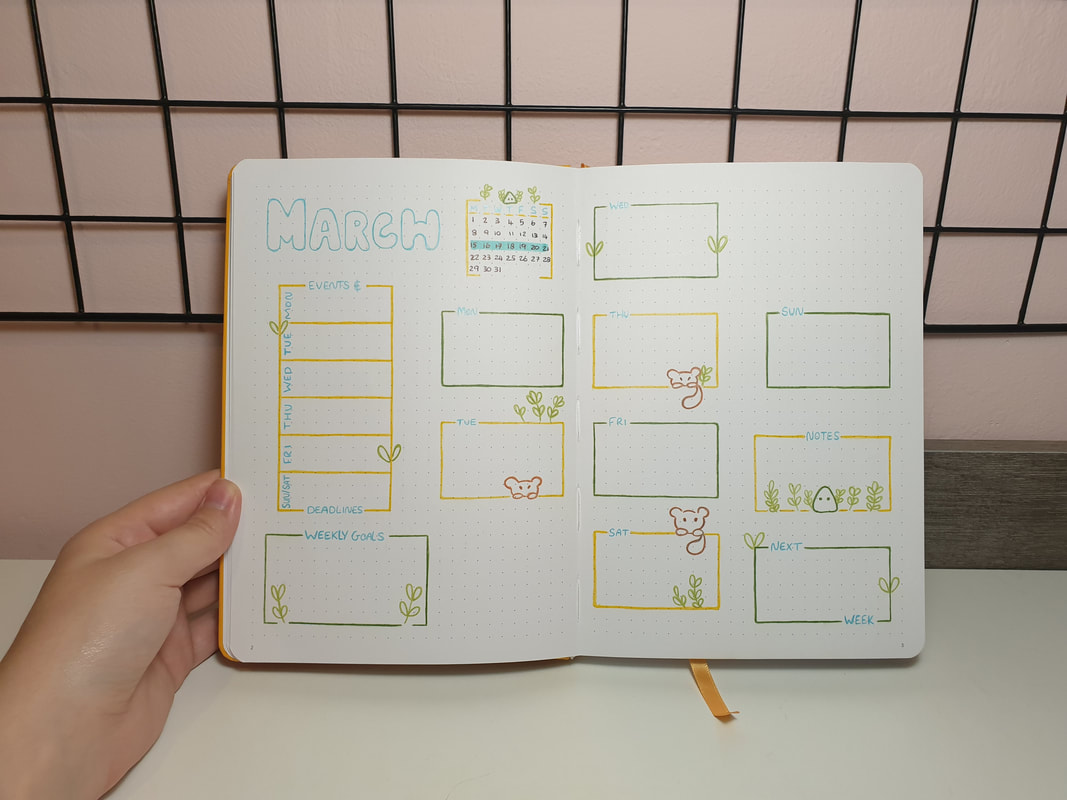
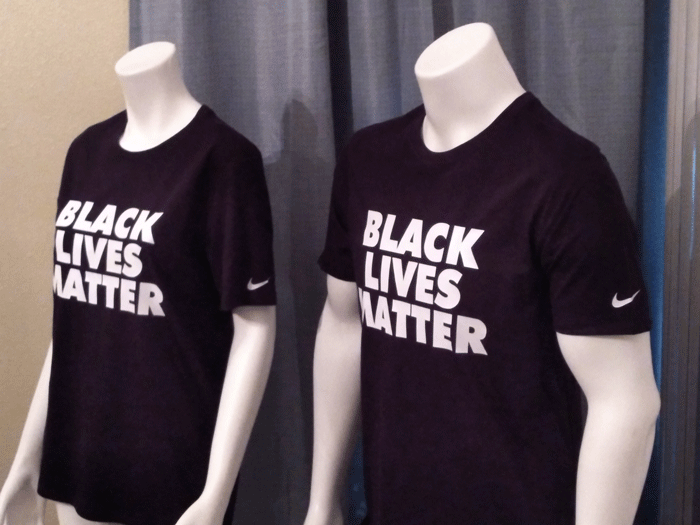
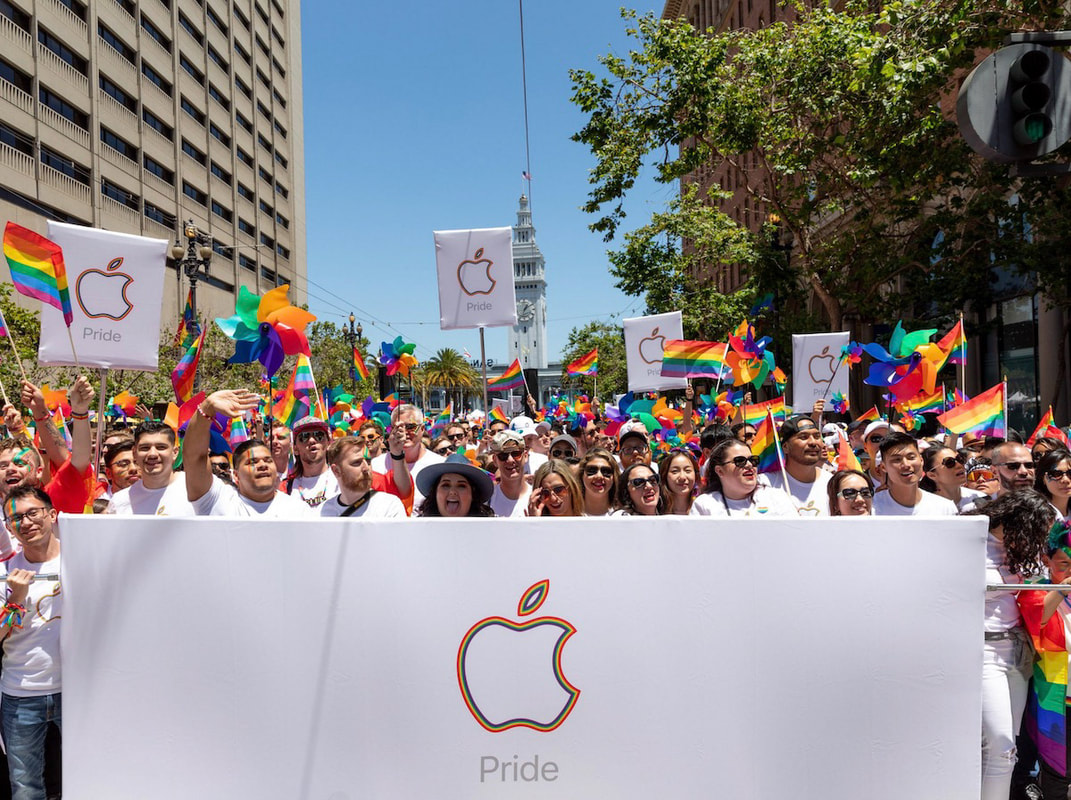
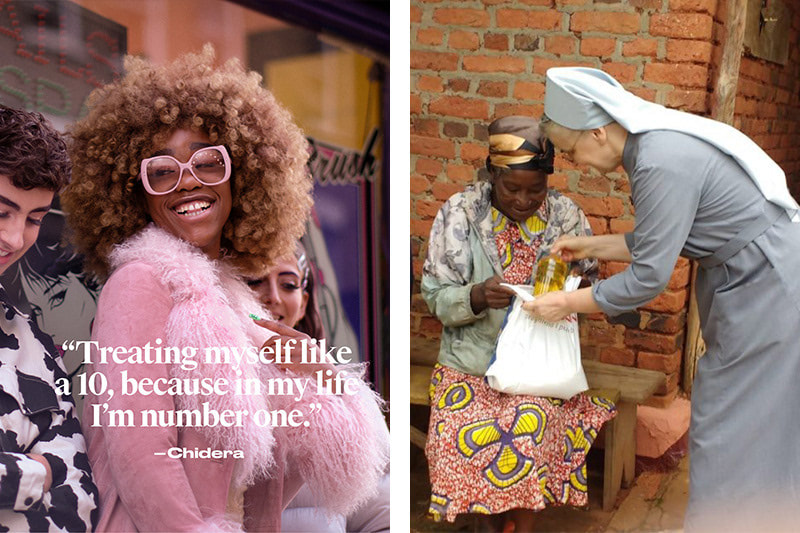
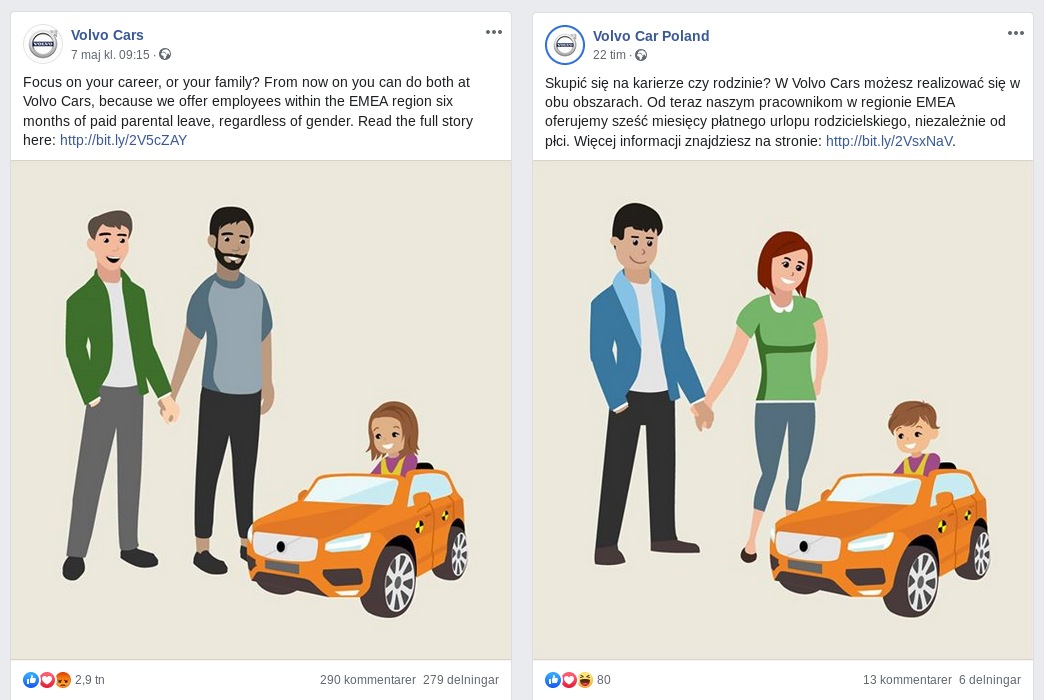
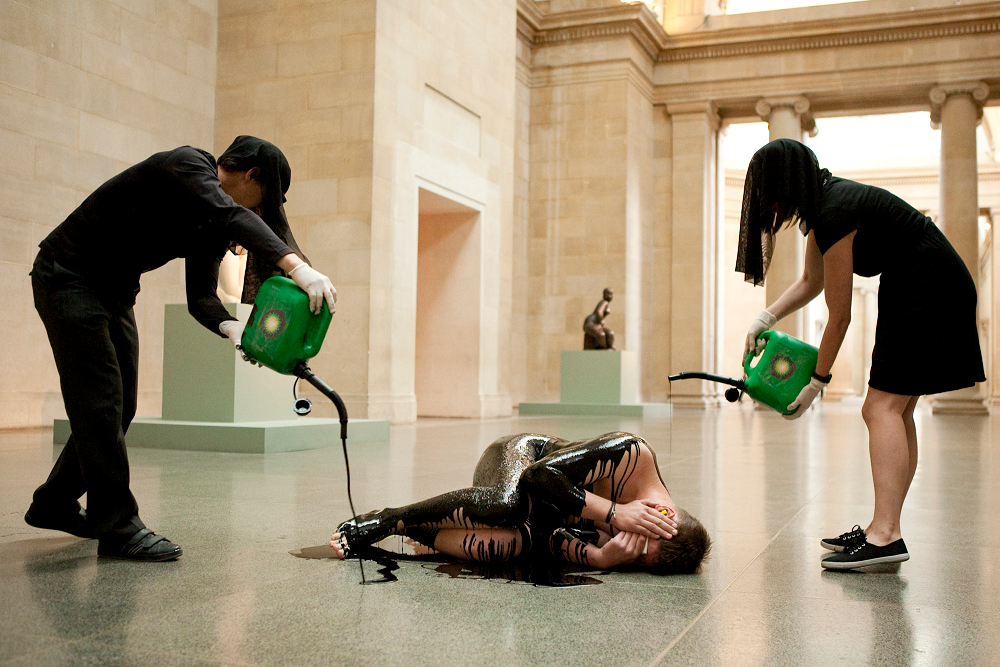
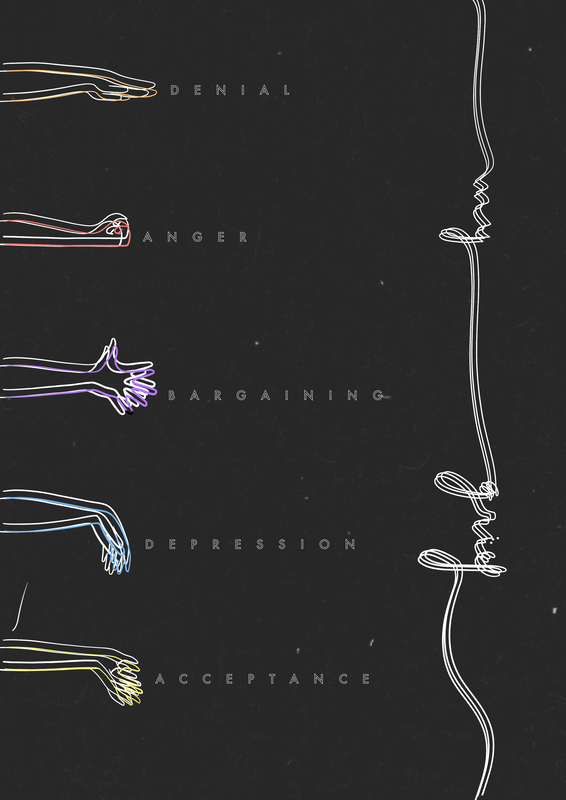
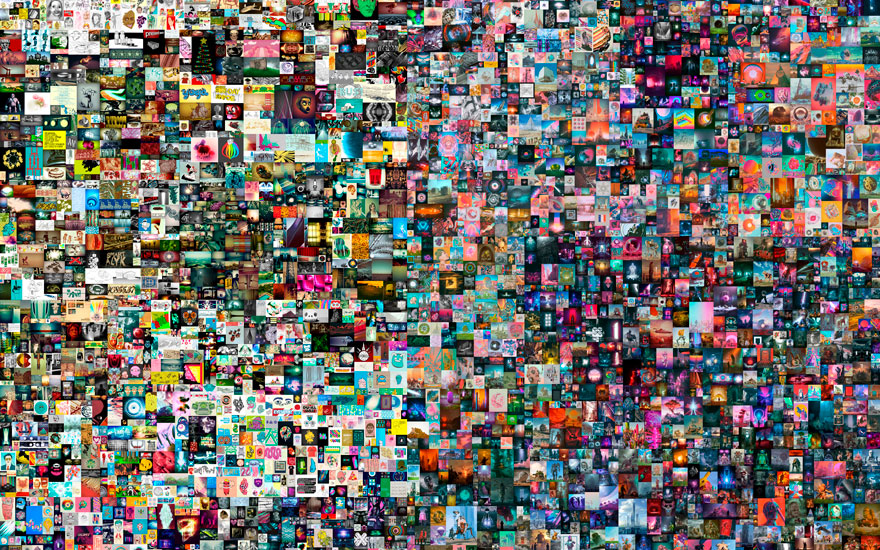
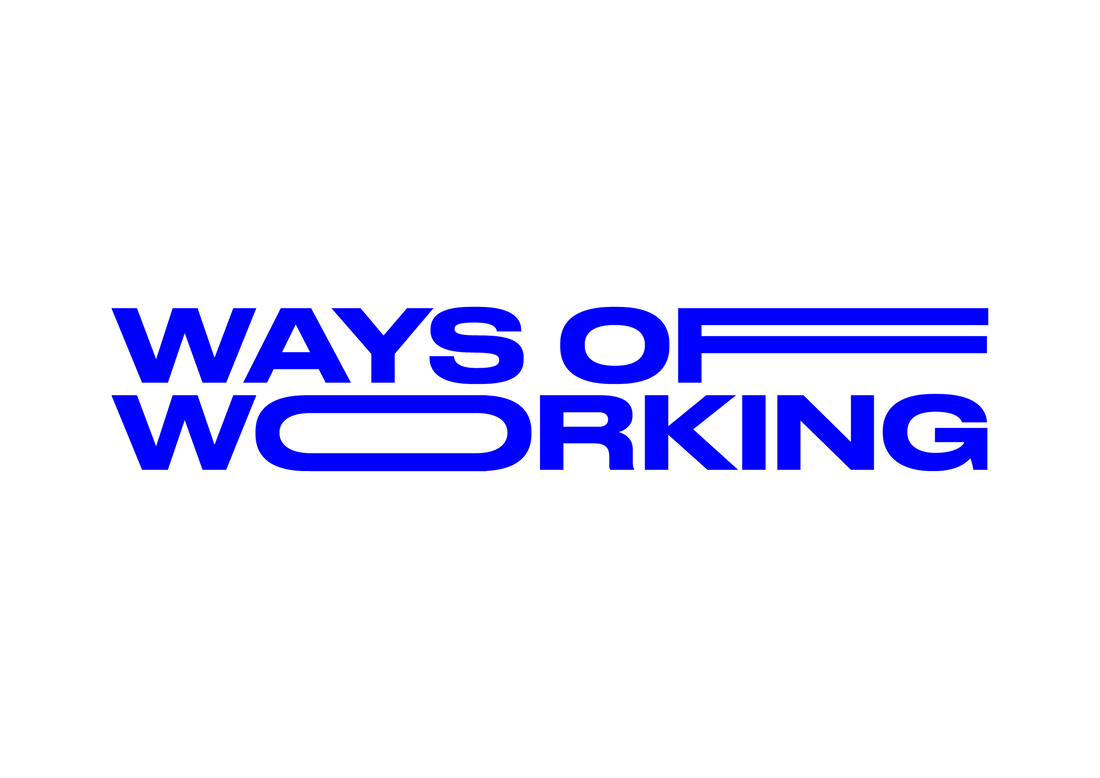
 RSS Feed
RSS Feed
